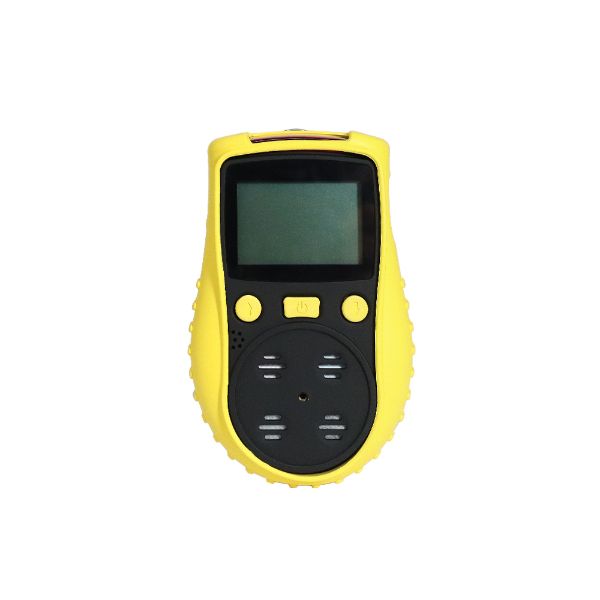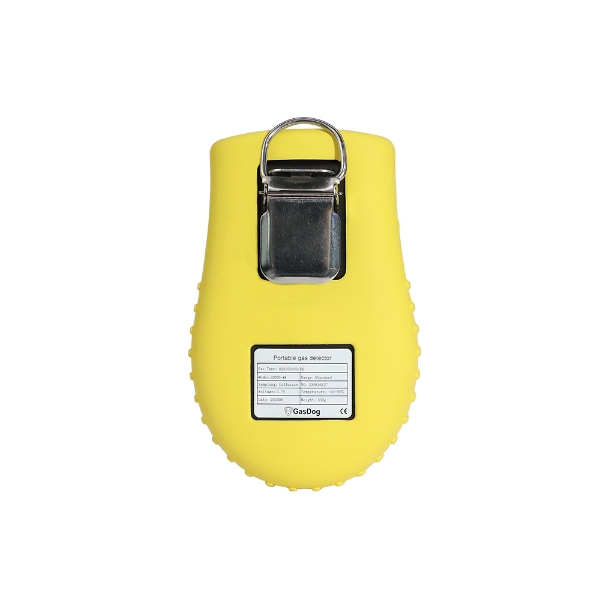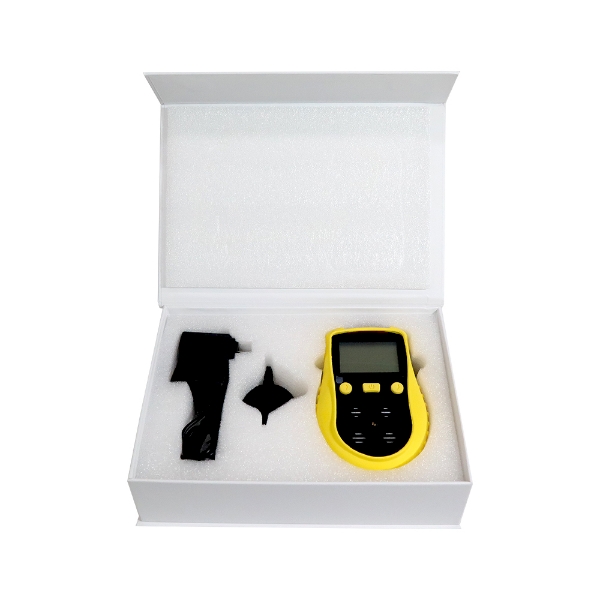Close
-
You have no items in your shopping cart.
- Register
- Log in
- Wishlist
- Shopping cart
Close
Menu
Close
- Home /
- Shop /
- Industrial Gas Detectors /
- Toxic Gas Detectors /
- Industrial Fixed Hydrogen Cyanide (HCN) Gas Detector
WRITE YOUR OWN REVIEW
RELATED GAS DETECTORS
Handheld 4 in 1 Multi Gas Detector, CO, H2S, O2, EX
GD500-4GAS
GasDog 4 in 1 gas detector can detect and monitor CO (0-1000ppm), H2S (0-100ppm), O2 (0-30% VOL) and EX (0-100% LEL) simultaneously. Handheld multi-gas detector equipped with a back clip, protected by silicone case, ideal for confined space, home and fire service.
$448.98
Fixed Ethylene (C2H4) Gas Detector
GD300-C2H4
GasDog C2H4 fixed gas detector is a wall mounted type gas monitor that can detect Ethylene gas concentration in different kinds of situations, measuring range of 0 to 50/100/500/1000/2000ppm. It comes with a data display and sound & light alarm for 24h continuously online monitoring.
$1,187.99
Fixed Nitrogen Dioxide (NO2) Gas Detector
GD300-NO2
Fixed NO2 gas detector is used for Nitrogen Dioxide detection, with measuring range 0 to 20ppm, 0 to 50ppm, 0 to 100ppm, 0 to 500ppm, 0 to 1000ppm. GasDog wall mounted gas detector has sound & light alarm and real time display, which can monitor Nitrogen Dioxide concentration online 24 hours a day.
$734.87
Industrial Fixed Sulfur Dioxide (SO2) Gas Detector
GD700-SO2
Industrial fixed SO2 gas detector for sale. It comes with sound & light alarm, optional measuring range 0 to 20/50/100/500/1000ppm. This SO2 monitor supports remote control for monitoring Sulfur Dioxide concentration 24 hours online in the confined space or pipeline.
$1,005.29
"Gas Dog: Gas Detection is as Accurate as a Sniffer Dog's Nose."
CUSTOMER SERVICE
Copyright © 2026 GasDog.com. All rights reserved.




















